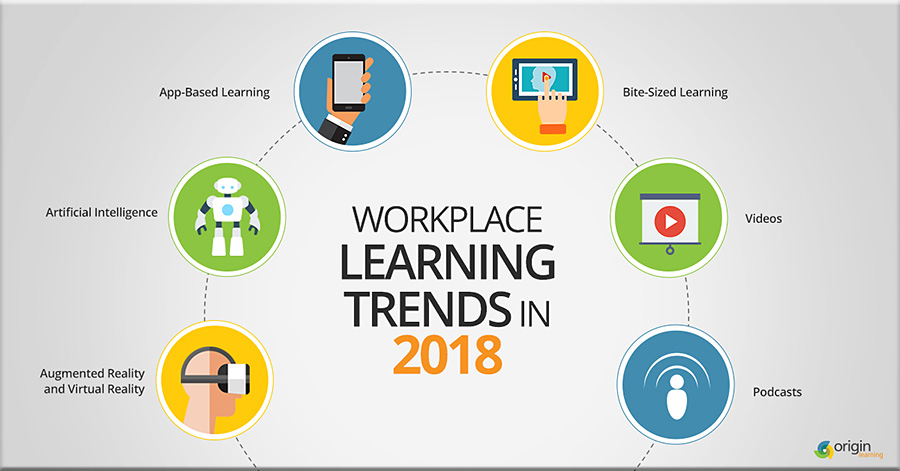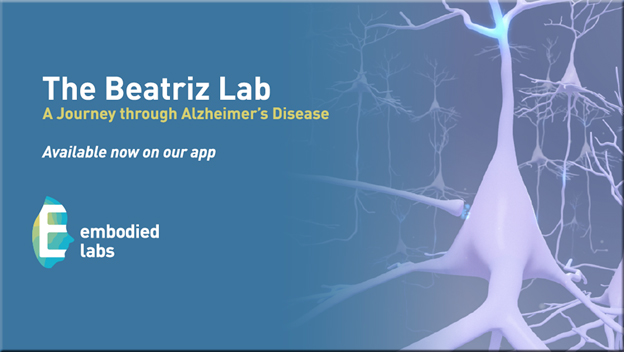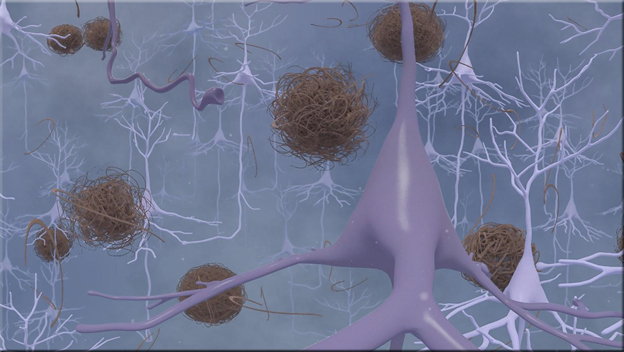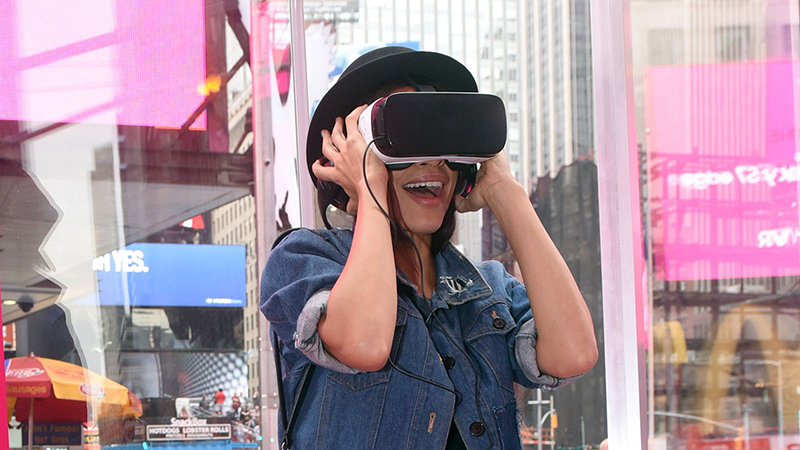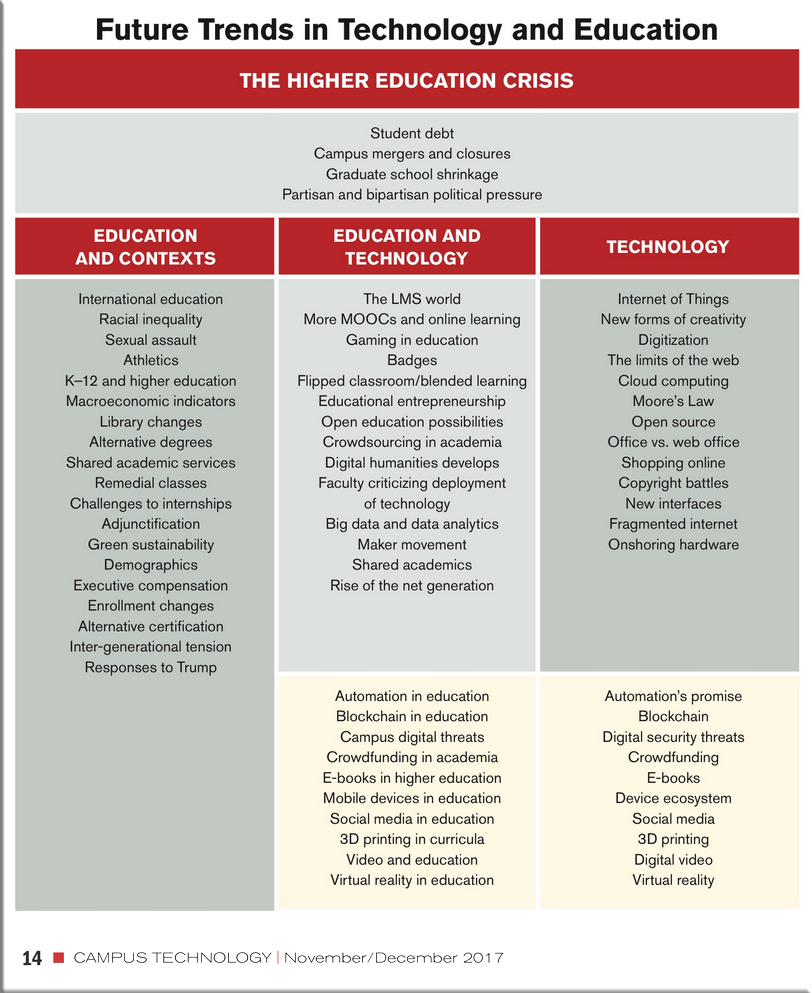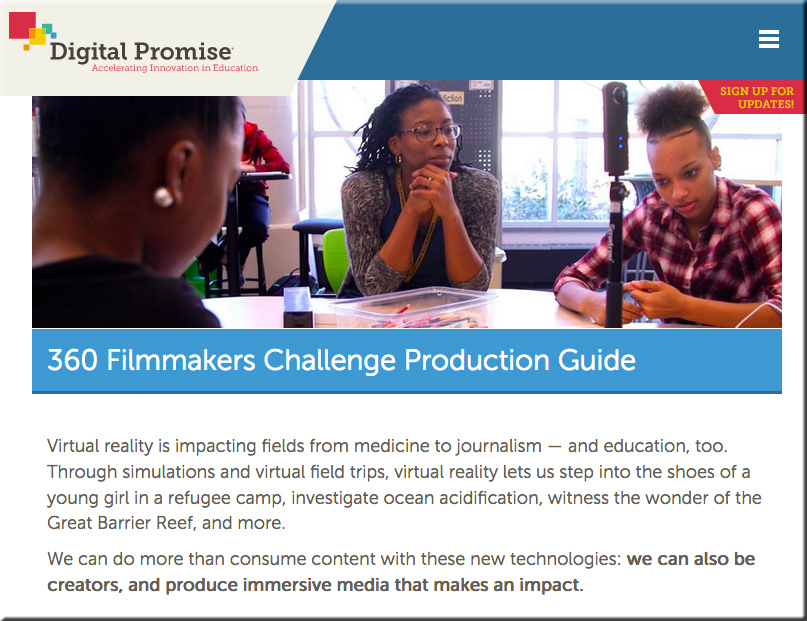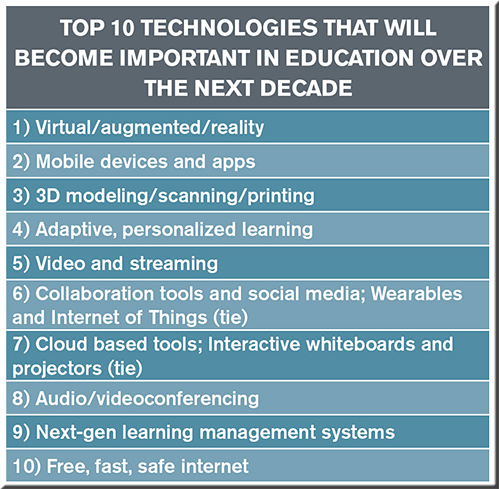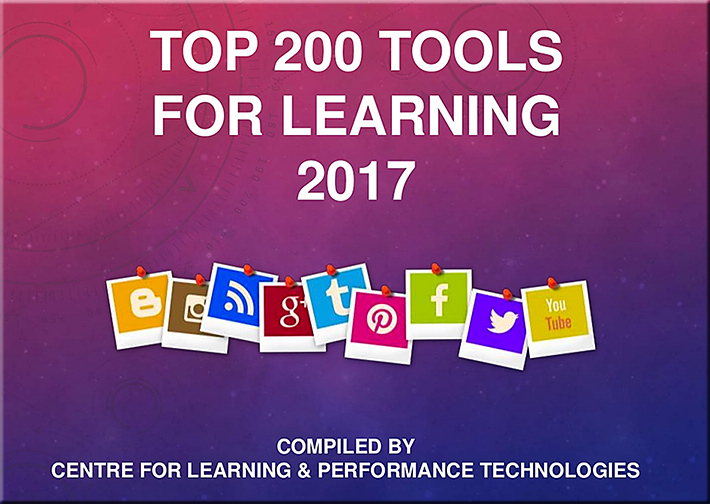2018 TECH TRENDS REPORT — from the Future Today Institute
Emerging technology trends that will influence business, government, education, media and society in the coming year.
Description:
The Future Today Institute’s 11th annual Tech Trends Report identifies 235 tantalizing advancements in emerging technologies—artificial intelligence, biotech, autonomous robots, green energy and space travel—that will begin to enter the mainstream and fundamentally disrupt business, geopolitics and everyday life around the world. Our annual report has garnered more than six million cumulative views, and this edition is our largest to date.
Helping organizations see change early and calculate the impact of new trends is why we publish our annual Emerging Tech Trends Report, which focuses on mid- to late-stage emerging technologies that are on a growth trajectory.
In this edition of the FTI Tech Trends Report, we’ve included several new features and sections:
- a list and map of the world’s smartest cities
- a calendar of events that will shape technology this year
- detailed near-future scenarios for several of the technologies
- a new framework to help organizations decide when to take action on trends
- an interactive table of contents, which will allow you to more easily navigate the report from the bookmarks bar in your PDF reader
01 How does this trend impact our industry and all of its parts?
02 How might global events — politics, climate change, economic shifts – impact this trend, and as a result, our organization?
03 What are the second, third, fourth, and fifth-order implications of this trend as it evolves, both in our organization and our industry?
04 What are the consequences if our organization fails to take action on this trend?
05 Does this trend signal emerging disruption to our traditional business practices and cherished beliefs?
06 Does this trend indicate a future disruption to the established roles and responsibilities within our organization? If so, how do we reverse-engineer that disruption and deal with it in the present day?
07 How are the organizations in adjacent spaces addressing this trend? What can we learn from their failures and best practices?
08 How will the wants, needs and expectations of our consumers/ constituents change as a result of this trend?
09 Where does this trend create potential new partners or collaborators for us?
10 How does this trend inspire us to think about the future of our organization?









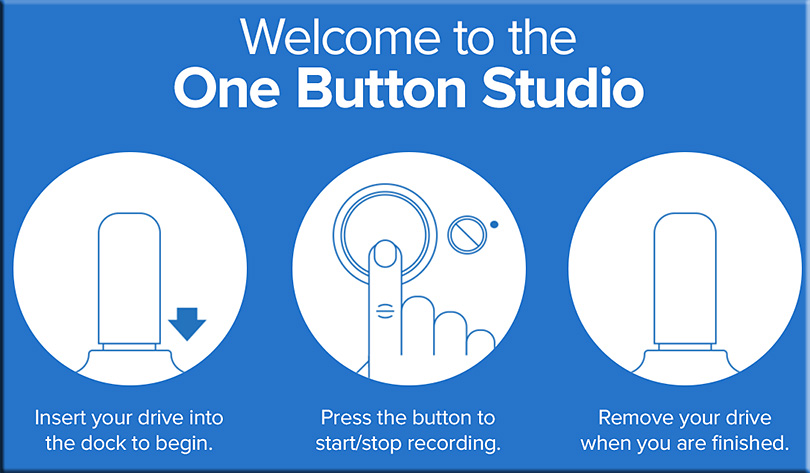
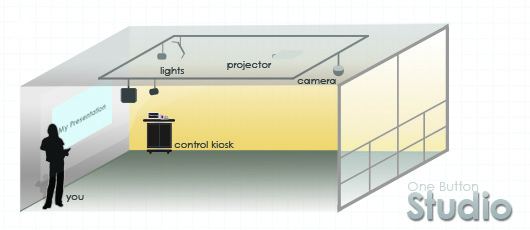
![The Living [Class] Room -- by Daniel Christian -- July 2012 -- a second device used in conjunction with a Smart/Connected TV](http://danielschristian.com/learning-ecosystems/wp-content/uploads/2012/07/The-Living-Class-Room-Daniel-S-Christian-July-2012.jpg)
